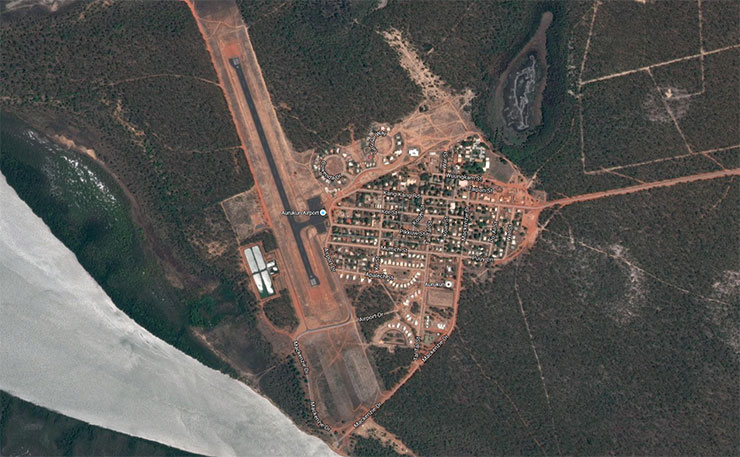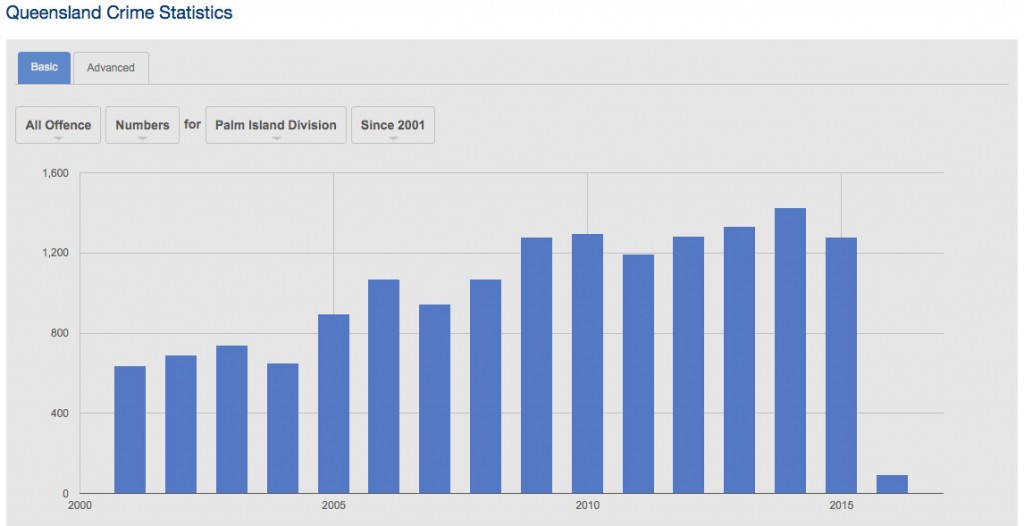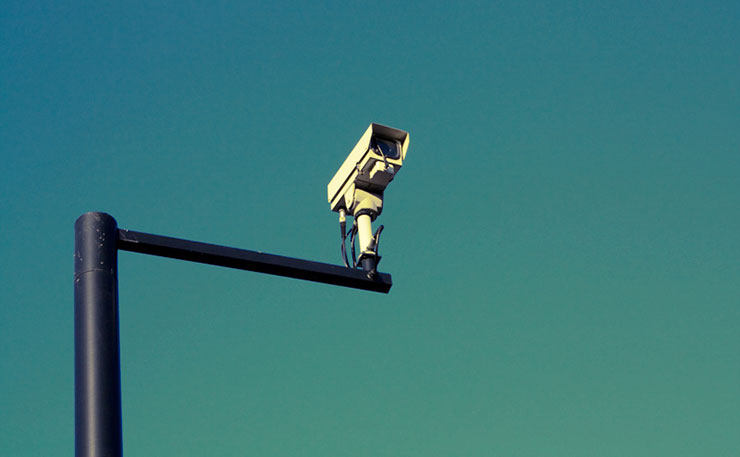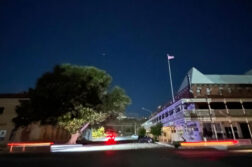Sure, Aboriginal people in the remote Aboriginal community of Aurukun in the far north of Cape York might be living in abject poverty.
And sure, they might have some of the worst life statistics on earth. Indeed, according to a report, Dropping off the Edge, released last year:
“Aurukun… has experienced increased disadvantage between 2007 and 2014.
“Aurukun’s deterioration is evident in a range of indicators, including: Criminal convictions (ranked 11th in 2007 and 1st in 2014); young adults not engaged in work or study (ranked 107th in 2007 and 5th in 2014) and unemployment (ranked 262nd in 2007 and 10th in 2014).”
“When it comes to education, Aurukun still is ranked low in the state. For Year 3 numeracy, it was ranked 18th, for Year 9 numeracy, it was even lower – at 9th.
“For young adults not engaged, the report ranked it among the top five most disadvantaged in the country.”
The community is typical of most remote towns, struggling under the weight of government policies directed from bureaucrats in state capitals and Canberra.
And that at least partly explains how, despite the enormous challenges that face the Aurukun community, three tiers of government have combined to provide them exactly what they need… a CCTV camera system.
Over to Queensland Indigenous affairs minister Curtis Pitt to explain the revolution, via a media release.
Says Pitt: “All three levels of Government have united to fund the $1.3 million installation of a new CCTV security camera system in Aurukun.
“When I visited Aurukun in November last year I made a commitment to look at ways to increase community safety measures for residents of Aurukun, including the need for more security cameras.
“This new security system will deliver the latest in security technology and has been customised to address Aurukun’s unique geographical issues as well as the safety needs of community members.”
As you can see from the pic below, ‘Aurukun’s unique geographical issues’ is, presumably, a reference to trees. Or God knows what, because the town is pretty flat, and no different to any other in Cape, save for size (it’s the largest community in Cape York).

But by far Pitt’s dumbest comment is this one: “Crime prevention, increasing community safety and a focus on social harmony by reducing crime, social dysfunction and the over-representation of Aboriginal and Torres Strait Islander Queenslanders in the criminal justice system remains a key priority for the Queensland Government.”
That’s right, they’re going to reduce the incarceration of Aboriginal people by installing a CCTV system….
In defence of CCTV cameras, authorities claim a similar installation on Palm Island – one of the largest regional Aboriginal communities in the country – resulted in a drop in vandalism.
In the release, Aurukun Shire Council Mayor Dereck Walpo said the Queensland Police Service, the Department of Aboriginal and Torres Strait Islander Partnerships and the Department of Prime Minister and Cabinet had all been supportive of installing CCTV in Aurukun.
“Due to ongoing community unrest and associated anti-social behaviour in Aurukun, all stakeholders have pledged to make it a priority project,” he said.
“This has included two separate visits to Palm Island to inspect their elaborate CCTV system, and to discuss CCTV with Palm Island Aboriginal Shire Council and Queensland Police Service.
“It is worth noting that Palm Island has had a significant decrease in crime since their installation of CCTV.”
In truth, the Palm Island CCTV was installed in August 2014… and as the graph below shows, 2014 is the highest year for crime ever recorded.

Granted, 2015 showed a drop… but government officials appear to be having their cake and eating it too. When there’s a spike in crime – say, in the suburbs surrounding the Sydney lock-out boundaries, officials claim the rise needs to be measured over time. No such patience if there’s a drop… and bear in mind, it’s a drop in vandalism. Hardly the greatest conundrum facing dirt poor Aboriginal communities.
And speaking of measuring over time, in the graph above, you might notice that fairly substantial spike in crime from 2005 onwards… that just happens to coincide with the Palm Island uprising, after Mulrunji Doomadgee was beaten to death on the floor of the local cop shop by the local senior sergeant Chris Hurley in November 2004.
The Queensland Government’s response was to flood the island with extra police, which like CCTV cameras, will presumably not lead to an increase in Aboriginal incarceration rates.
Donate To New Matilda
New Matilda is a small, independent media outlet. We survive through reader contributions, and never losing a lawsuit. If you got something from this article, giving something back helps us to continue speaking truth to power. Every little bit counts.





